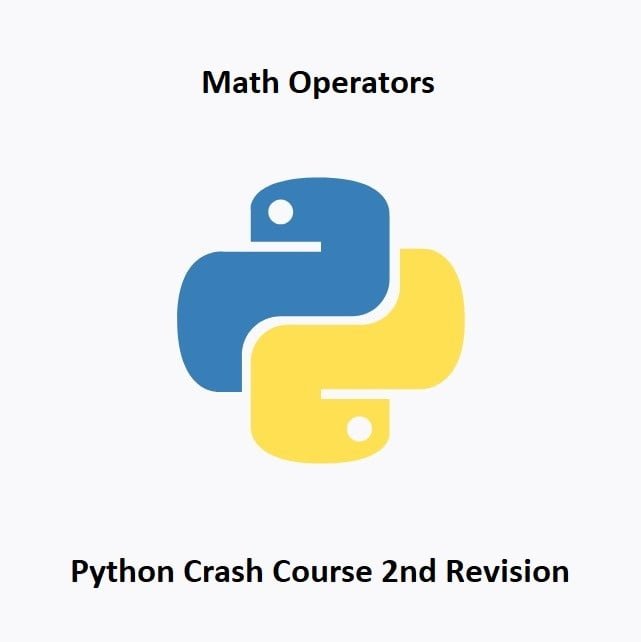
Handling the Null Within
Welcome to the world of Golang! Understanding and handling nil pointers is paramount. In this guide, we’ll unravel the nuances of dealing with nil pointers, exploring their role, potential pitfalls, and effective strategies for managing them in your codebase.
What is a nil Pointer?
In Go, pointers can be set to nil. A nil pointer in Go is a pointer that does not point to any memory location. It represents the absence of a value or a reference to an object.
Here’s how you can declare and work with nil pointers in Go:
Declaring a nil pointer:
You can declare a nil pointer by simply assigning nil to a pointer variable.
For example:
var intPtr *int var strPtr *string
In this case, intPtr and strPtr are both nil pointers, as they haven’t been assigned to point to any specific memory location.
Checking for nil:
To check if a pointer is nil, you can use an if statement or a conditional expression:
if intPtr == nil {
fmt.Println("intPtr is nil")
}
if strPtr != nil {
fmt.Println("strPtr is not nil")
}This code will print “intPtr is nil” because intPtr is a nil pointer, and it will not print “strPtr is not nil” because strPtr is a nil pointer.
Dereferencing a nil pointer:
Attempting to dereference a nil pointer (i.e., accessing the value it points to) will result in a runtime panic. To avoid this, you should always check if a pointer is nil before dereferencing it.
var intPtr *int
if intPtr != nil {
fmt.Println(*intPtr) // This will panic if intPtr is nil
}Initializing pointers:
To make a pointer point to a specific value or object, you can use the new function or take the address of an existing variable.
var x int = 42 intPtr := &x // intPtr points to the memory location of x // Using new strPtr := new(string) // strPtr points to a newly allocated string
Remember to always initialize pointers to nil when you don’t have a valid value or reference to assign to them. This can help avoid unexpected behavior and runtime errors in your Go programs.
Conclusion
Congratulations on navigating the intricacies of nil pointers in Golang! Remember to always initialize pointers to nil when you don’t have a valid value or reference to assign to them. This can help avoid unexpected behavior and runtime errors in your Go programs. Armed with strategies to handle and prevent nil pointer errors, you’re now equipped to write robust, error-free code. Mastering nil pointers is crucial for crafting reliable Golang programs. Keep practicing these techniques to ensure your code gracefully manages the null within.
That’s All Folks!
You can find all of our Golang guides here: A Comprehensive Guide to Golang




